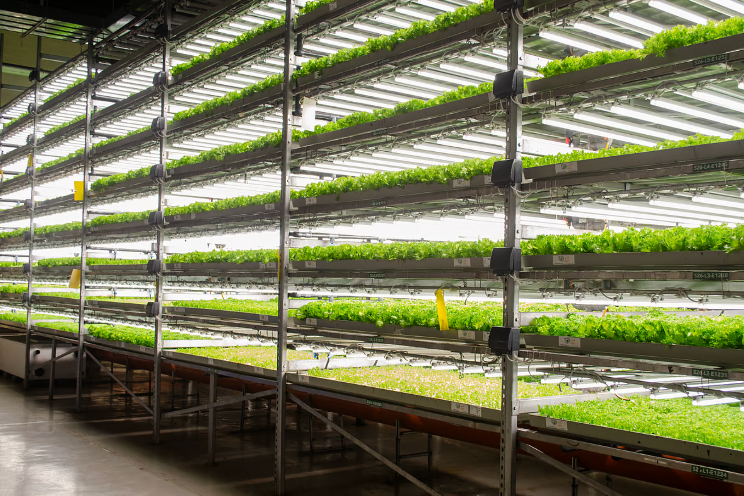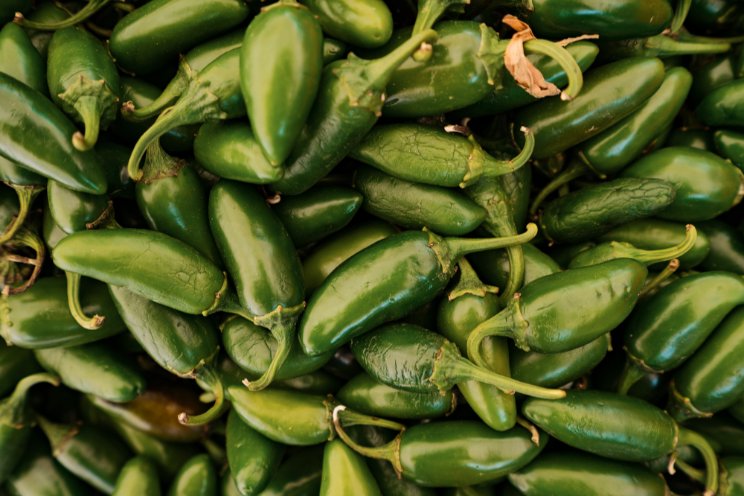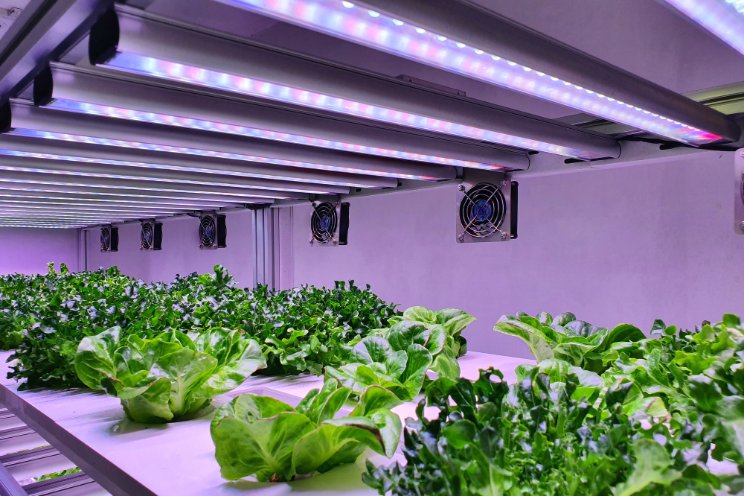What will the global citizen of tomorrow eat?
Added on 27 February 2023

The methodology can be used to inventory the production and use of resources (water, land and energy) to meet the needs for (plant-based) food in urban and peri-urban areas. The dietary requirements are based on recommendations from, among others, the World Health Organization. In those requirements, all plant foods are considered, so not only fruit and vegetables (as often happens), but also legumes, starchy vegetables (e.g., potatoes) and grains: these products provide other building materials for the human body. Data on yield, land use, water use and energy use were collected and/or calculated for two cropping systems: an open field cultivation and a vertical farm. After all, both systems are typically found in cities and their surroundings and represent two extremes when it comes to food production.
The main aim of the study is to provide the tools (i.e., the necessary information, data sources, and how to use them) to estimate resource use specifically for one's own conditions (i.e., crop, growing conditions, etc.).The methodology can support farmer’s decisions on choosing the most efficient crops and types of farming systems in contributing to a plant-based diet.
Photo Courtesy of Wageningen University & Research
More news















